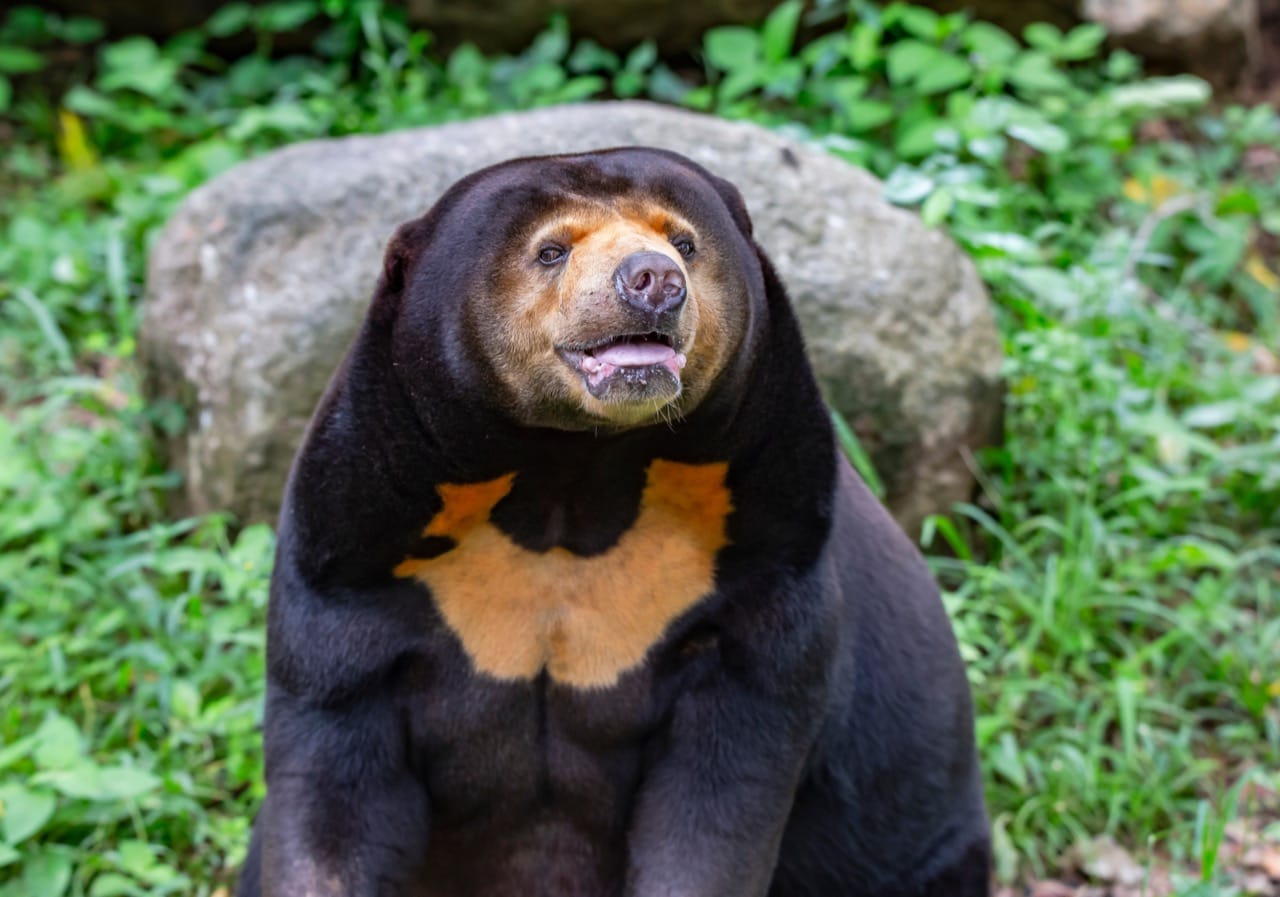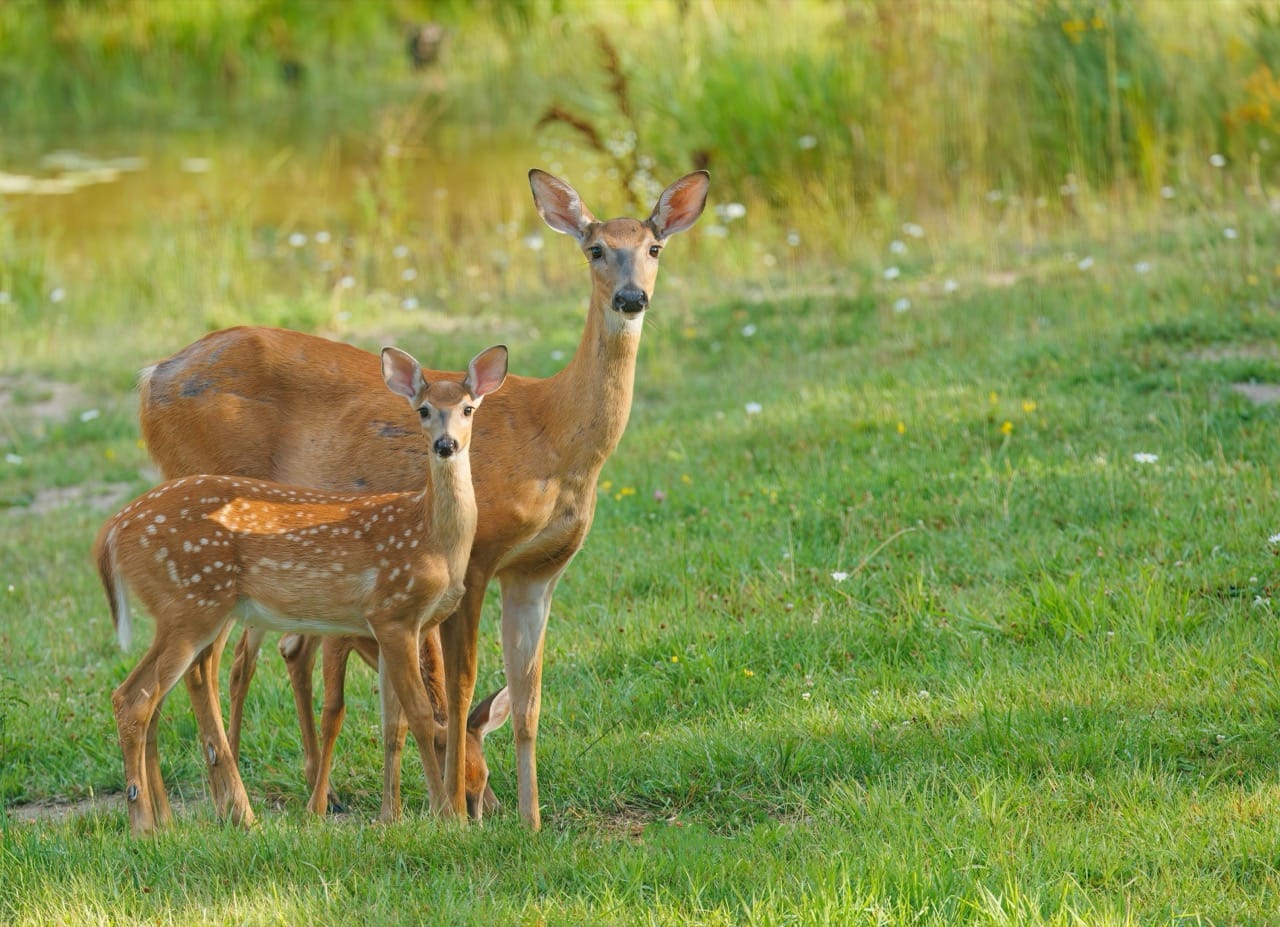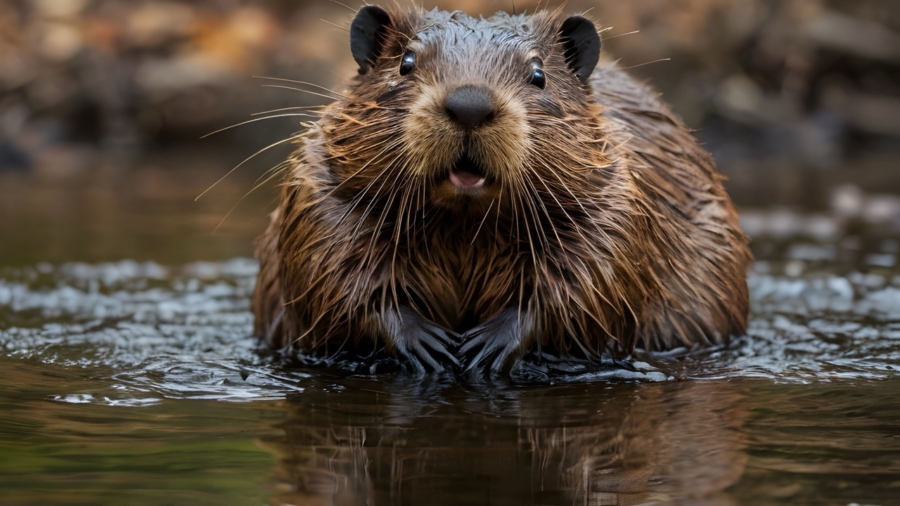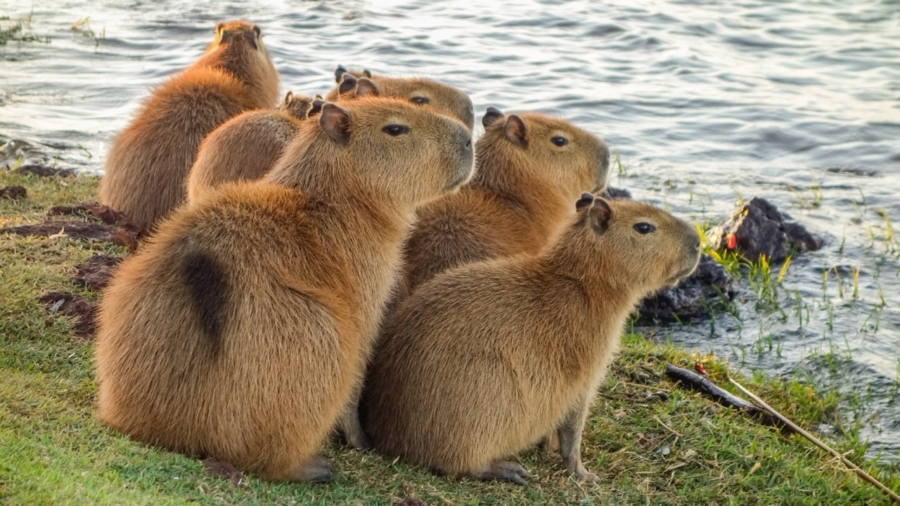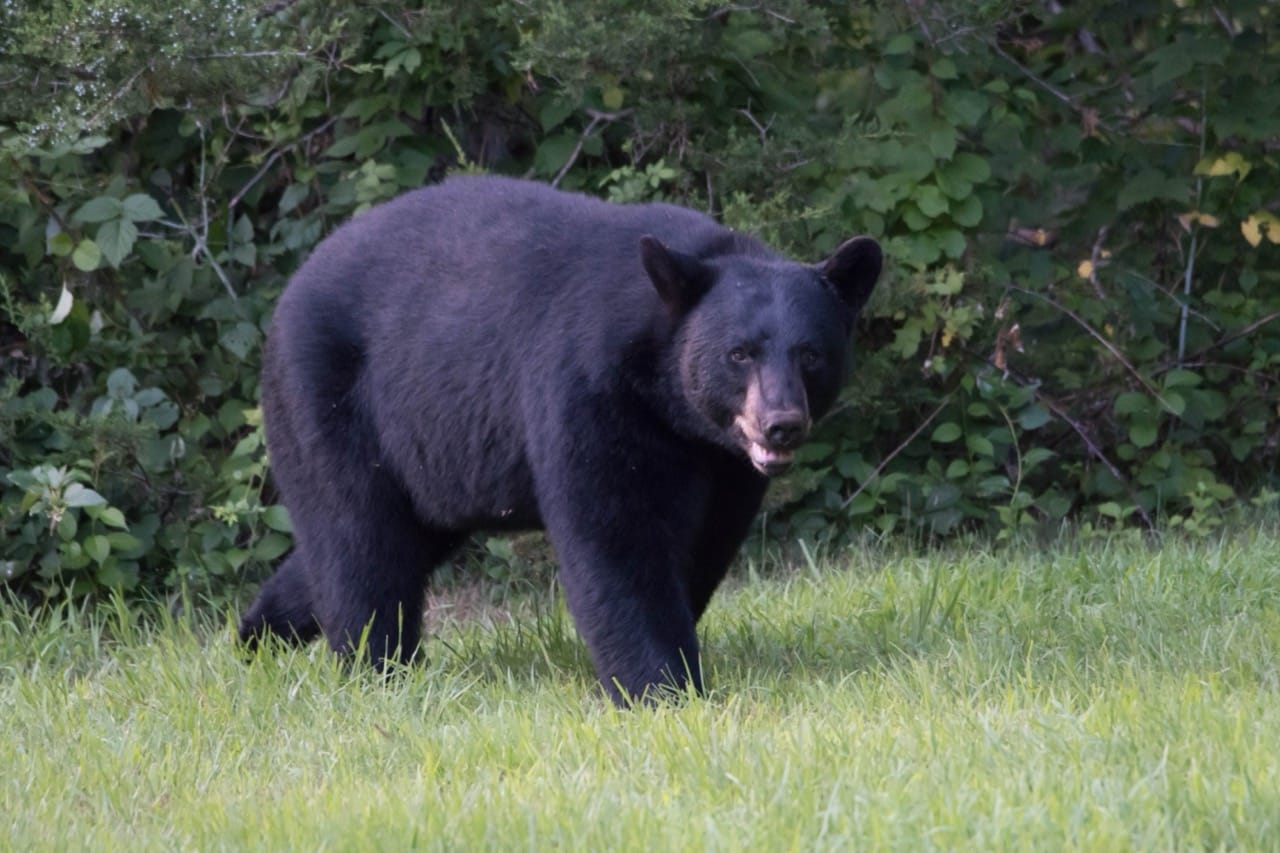In the dense, humid rainforests of Southeast Asia, a small but formidable creature roams under the dense canopy, its unique appearance as striking as its elusive nature. The sun bear, the smallest member of the bear family, is an incredible example of adaptation and survival in the tropical forests. With its sharp claws, keen sense of smell, and an insatiable appetite for honey, the sun bear is a fascinating subject of study and admiration.
Characteristics / Physical Description
The sun bear (Helarctos malayanus) is immediately recognizable by its sleek, black fur and a distinct, crescent-shaped golden patch on its chest, which some believe symbolizes the rising sun. Adults typically weigh between 25 to 65 kilograms and measure about 120 to 150 centimeters in length, making them significantly smaller than other bears. Their compact size aids in navigating the dense, arboreal environment. Additionally, sun bears have an unusually long tongue, measuring up to 20-25 centimeters, which they use adeptly to extract honey from beehives and insects from narrow crevices.
Taxonomy and Classification
Sun bears belong to the family Ursidae and are classified under the genus Helarctos. They are the sole species in this genus, distinct enough in their traits and habitat to set them apart from other bear species. Their closest relatives include the larger bears found in Asia, such as the Asian black bear and the brown bear.
Behavior and Social Structure
Sun bears are predominantly solitary animals, with males and females generally meeting only to mate. They are primarily nocturnal or crepuscular, though in heavily forested areas where human activity is minimal, they might roam during the day. Sun bears are excellent climbers and spend considerable time in trees where they rest, forage, and occasionally make nest platforms.
Habitat and Distribution
These bears are native to the tropical rainforests of Southeast Asia, ranging from northeastern India and Bangladesh to Malaysia, Indonesia, and southern China. Their habitat is characterized by dense vegetation and high humidity, both of which provide the cover and the diverse diet they require. Unfortunately, habitat loss due to deforestation has significantly impacted their populations.
Diet and Feeding Habits
The diet of the sun bear varies widely and includes fruits, berries, roots, insects, small vertebrates, and the honey of wild bees. They are incredibly resourceful foragers who use their long claws to tear open trees or termite nests and their long tongues to lick up ants, bees, and honey.
Breeding and Reproduction
Sun bears do not have a specific breeding season, with females capable of giving birth at any time of the year. After a gestation period of about 95 days, the female gives birth to one or two cubs, which are nursed and cared for in the safety of a nest in the trees or in dens on the ground. Cubs are born blind and hairless, remaining dependent on their mother for about two years.
Relationship with Humans
Historically, sun bears have had little contact with humans, but this has changed as deforestation has encroached on their habitats. They are sometimes captured for the pet trade or killed by farmers as pests. Additionally, their gall bladders are highly valued in traditional medicine, making them targets for poachers.
Evolutionary History
The sun bear’s evolutionary history is not well-documented, but they are thought to have diverged from other bears several million years ago, adapting to a life in dense forests rather than open spaces. Their small size and arboreal habits are seen as adaptations to their tropical environment.
Use as Research Animals
While not typically used in mainstream scientific research, studies on sun bears have provided insights into the conservation needs of tropical forest ecosystems and the ecological roles of apex predators in such environments.
These incredible animals continue to fascinate and remind us of the complexities of nature’s design and the urgent need to preserve the fragile ecosystems they inhabit.

